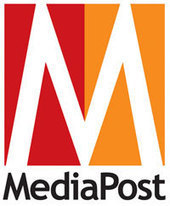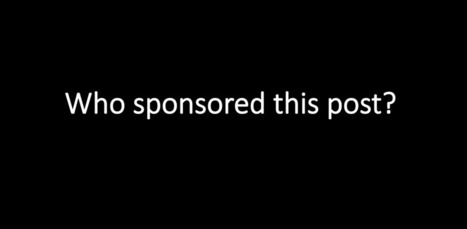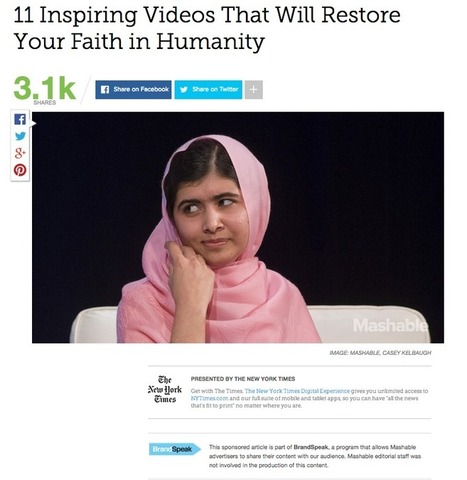Polar tested different ad formats including image-based content (graphics, image galleries, and slide shows), article-based content, and video-based content. It tested more than 30 pieces of content, with each type tested by a minimum of 1,000 people via desktop, mobile, and both.
Among the findings of the study, conducted in March 2017:
--Consumer awareness of a brand increased to 69% after engaging with branded content, while purchase intent was 51%. The study also used a control group with no branding.
--Incorporating companion display ads next to branded content improved purchase intent by 17% and didn’t have a negative impact on brand perception
--Imagery (infographics, image galleries, and slide shows) performed the best among content formats. And notably, video isn’t always needed to tell the story. However, imagery outperformed articles by 11%.
"We found that consumers responded a bit more favorably when there was less obvious branding,” Bella said....



 Your new post is loading...
Your new post is loading...


















Does branded content really work? Research says yes and that's great news for marketing.